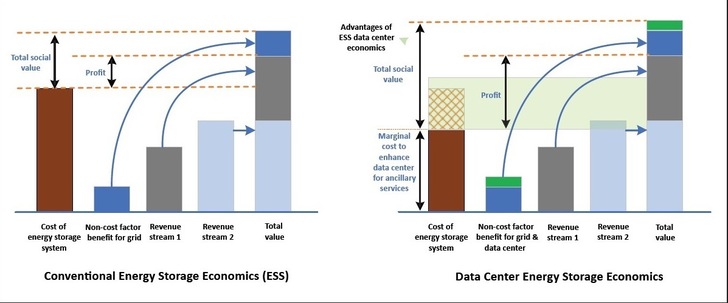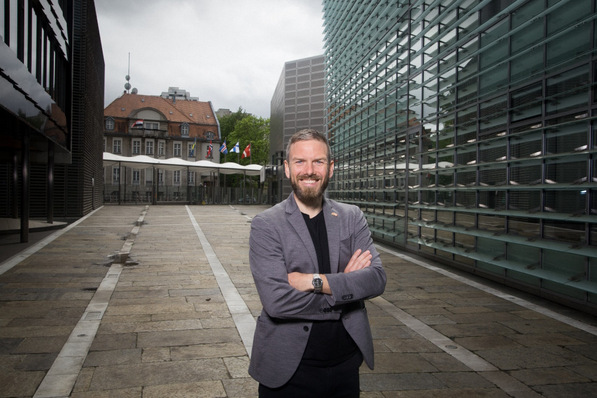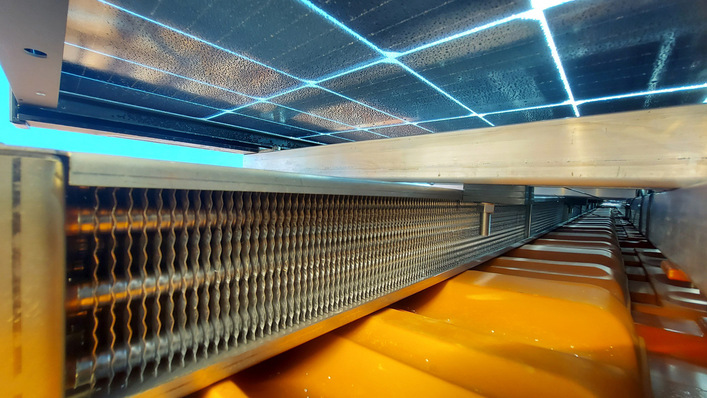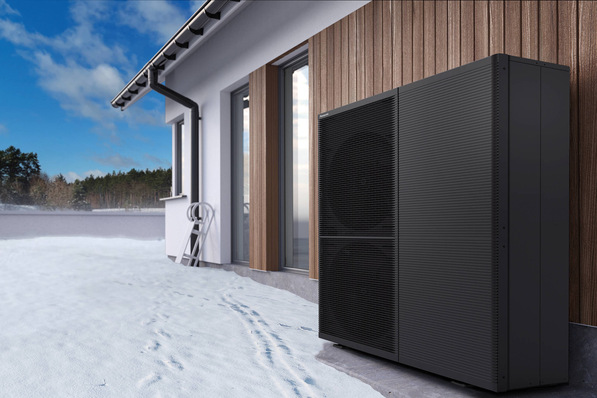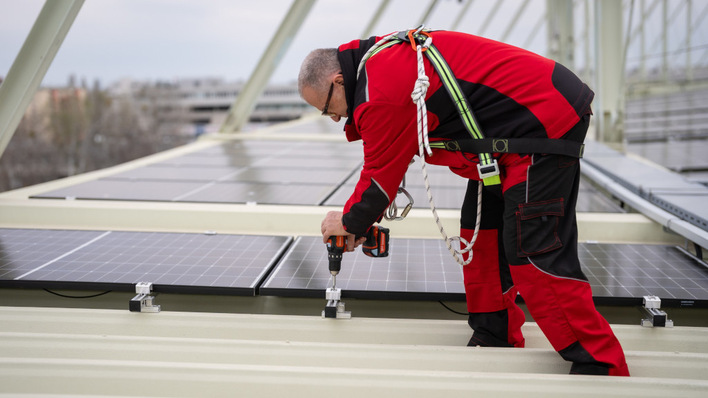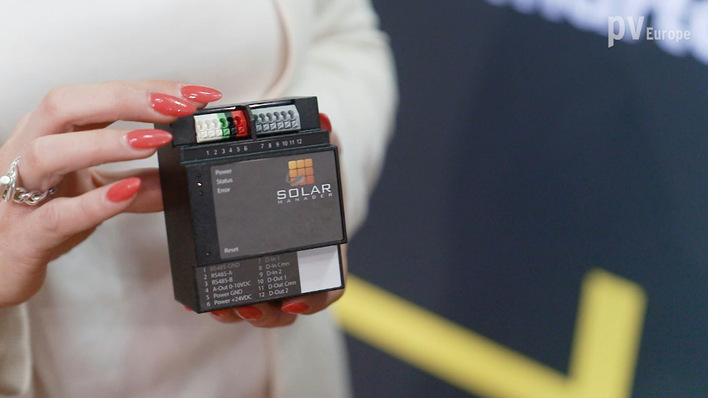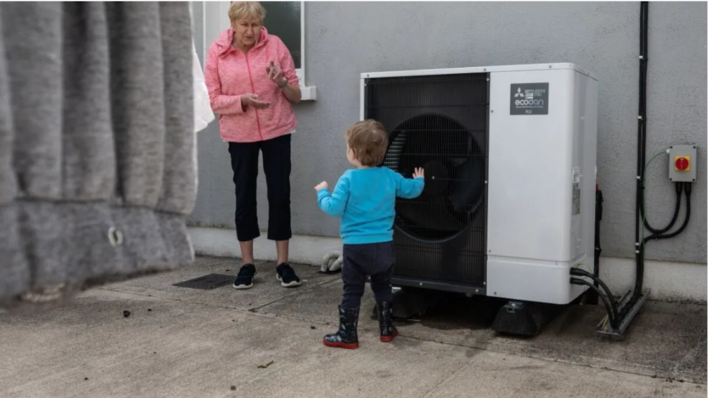Driving digital transformation is a challenge that really cannot be put off. However, the best-laid plans are often worth nothing if unforeseen events intervene. The current concern about a gas shortage, for example, makes it necessary to rethink energy and heat supply and brings this issue into focus. All the better if important social tasks can be combined in a meaningful way. At the heart of the solution are data centers, which already form the backbone of digital progress in Germany.
Efficient use of waste heat from data centers
The digital association Bitkom (Germany), for example, recently caused a stir with its approach to using waste heat from data centers in Germany for heating and the preparation of hot water. The direct connection of data centers to public and private district heating networks could both contribute to the basic supply and significantly improve the energy balance of the data center industry itself.
Did you miss that? Energy consumption in IT - on the way to net zero
The fact is that the resulting CO2-free heat is currently often released unused into the environment. According to Bitkom President Achim Berg, however, it can be used to supply district heating to municipal facilities such as swimming pools, private homes and even commercial buildings. According to Bitkom calculations, the use of data center waste heat could supply around 350,000 homes a year - which is almost equivalent to the stock in the city-state of Bremen. In total, there are around 42.8 million homes in Germany.
Large potential of usable waste heat
Above all, medium- and large-scale data centers with an annual IT connection capacity of more than 5 megawatts generate enough usable waste heat. In Germany, these are found primarily in the Frankfurt/Main, Berlin, Hamburg and Munich regions. Together, they have a connected load of 965 MW. Around half of this can be used for real waste heat recovery.
According to the Federal Environment Agency, private households in Germany consume 131 kilowatt hours per square meter per year for heating and hot water. Based on 24 hours and 365 days, 31.9 million square meters could be supplied by data center waste heat. Where there is no district heating network, the waste heat from the data centers could be used to supply the surrounding buildings.
Data centers form an enormous reservoir for flexible grid services
But data centers can also support the energy transition in other ways. That's because although they are generally seen as consumers of energy, they are also a largely untapped resource for supporting grid stability and integrating renewables. In Europe, wind and solar power are expected to account for 60 percent of total electricity generation by 2030. With this growing penetration, there will also be a greater need for flexibility on the grid.
Also interesting: Energy consumption in IT - on the way to net zero
According to a recent study by BloombergNEF in partnership with Eaton and Statkraft, data centers in Germany, the United Kingdom, Ireland, Norway and the Netherlands can provide a total of 16.9 GW of flexibility reserve to the power grid through their uninterruptible power supply (UPS), back-up generation and load shifting. This is more than the electricity demand expected from this sector itself, as the resources can in principle provide flexibility to the grid independently by either reducing electricity consumption or feeding electricity back. Of the resources studied, UPS systems appear to be the most promising for flexibility. They are standard equipment in data centers, are battery-based, and are therefore particularly well suited for short-term frequency response (FFR).
Conclusion
Data centers can be part of the solution to achieve a higher share of renewable energy in Europe while ensuring heat supply in Germany. Their own energy resources, such as uninterruptible power supply and backup generators, could be used to support the grid in the future. They represent unique ecosystems and, with their large capacities of battery storage, they are comparable to so-called microgrids. Therefore, it is essential to exploit the enormous untapped potential of these resources to achieve economic and regulatory benefits for the environment and society. (hcn)
Did you miss that? Data centers could enable more renewable energy


